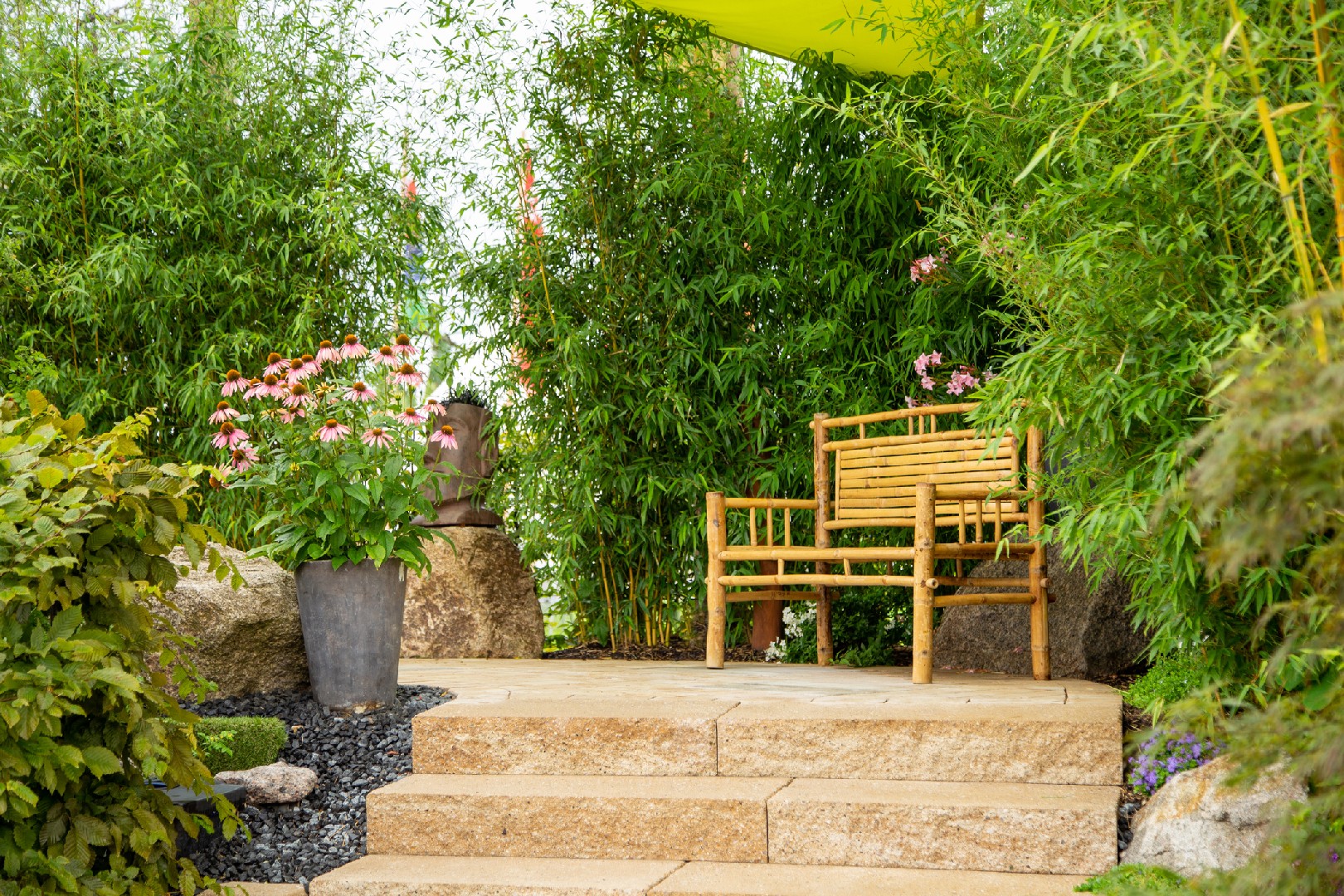![Rectangle]()
Exploring Types of Hardscape Elements
In landscape design, hardscape elements play a crucial role in creating a visually appealing and functional outdoor space. These elements not only enhance the beauty of a garden but also serve various purposes that contribute to its overall health and aesthetic. Let's explore some of the key hardscape elements commonly used in landscape design and the ways in which they can be incorporated effectively.
One of the most popular hardscape elements is pavers. Pavers are an excellent choice for creating pathways, driveways, patios, and outdoor living spaces. They come in a wide range of materials, including concrete, natural stone, and brick, allowing for diverse design options. Additionally, pavers can be arranged in different patterns, such as herringbone or basket weave, to add visual interest and create a unique look.
Retaining walls are another important hardscape element that serves both functional and aesthetic purposes. These walls are often used to prevent soil erosion, manage slopes, and create different levels in a landscape. Retaining walls can be built using various materials, including stone, concrete blocks, or timber. Choosing the right material and design for a retaining wall is crucial to ensure its stability and durability.
Fences are another hardscape element that can add privacy, security, and style to a garden. Whether you prefer a traditional wooden fence or a modern metal one, fences can define the boundaries of your outdoor space and create a sense of enclosure. Additionally, fences can serve as a support structure for climbing plants or act as a backdrop for other hardscape elements, such as water features or garden sculptures.
Benches are not only functional but also serve as decorative elements in a garden. They provide a place for relaxation, contemplation, and enjoying the surrounding beauty. When choosing benches for your landscape design, consider the material, style, and location. Wooden benches can give a natural and rustic look, while metal or concrete benches can add a contemporary touch.
Now, let's take a look at some current trends in hardscape designs for inspiration. One popular trend is the use of mixed materials, such as combining pavers with gravel or grass to create visually interesting patterns. Another trend is the incorporation of sustainable hardscape elements, such as permeable pavers that allow water to infiltrate the soil, reducing runoff and improving water conservation.
In conclusion, hardscape elements are essential components of landscape design that not only enhance the beauty of a garden but also serve functional purposes. By incorporating elements like pavers, retaining walls, fences, and benches, you can create a visually appealing and well-designed outdoor space. Remember to choose materials and designs that align with your overall vision and consider current trends in hardscape designs for inspiration. With the right hardscape elements, your garden can become a beautiful and functional extension of your living space.





